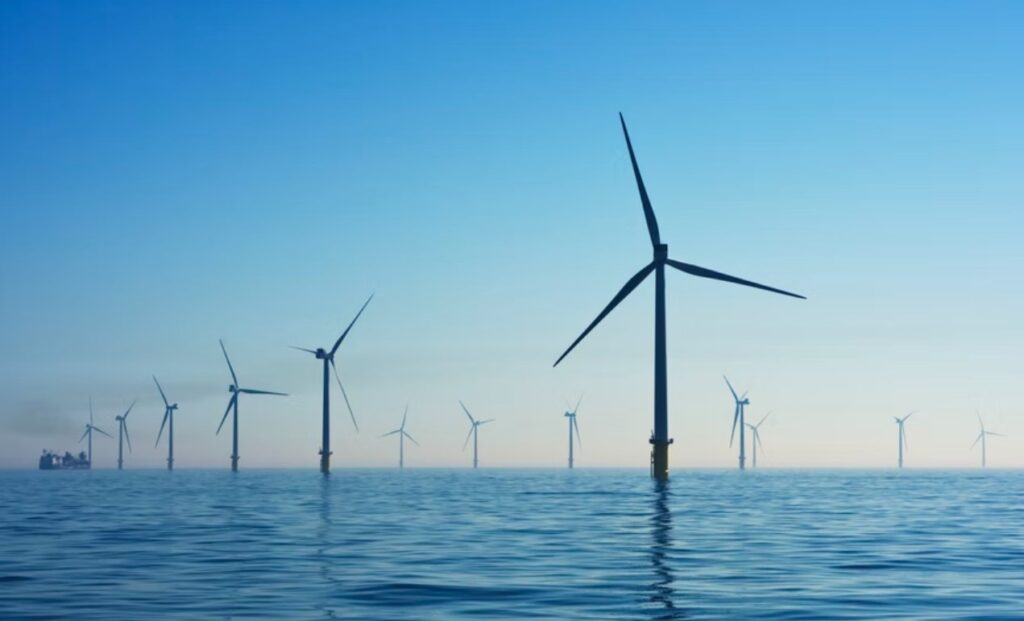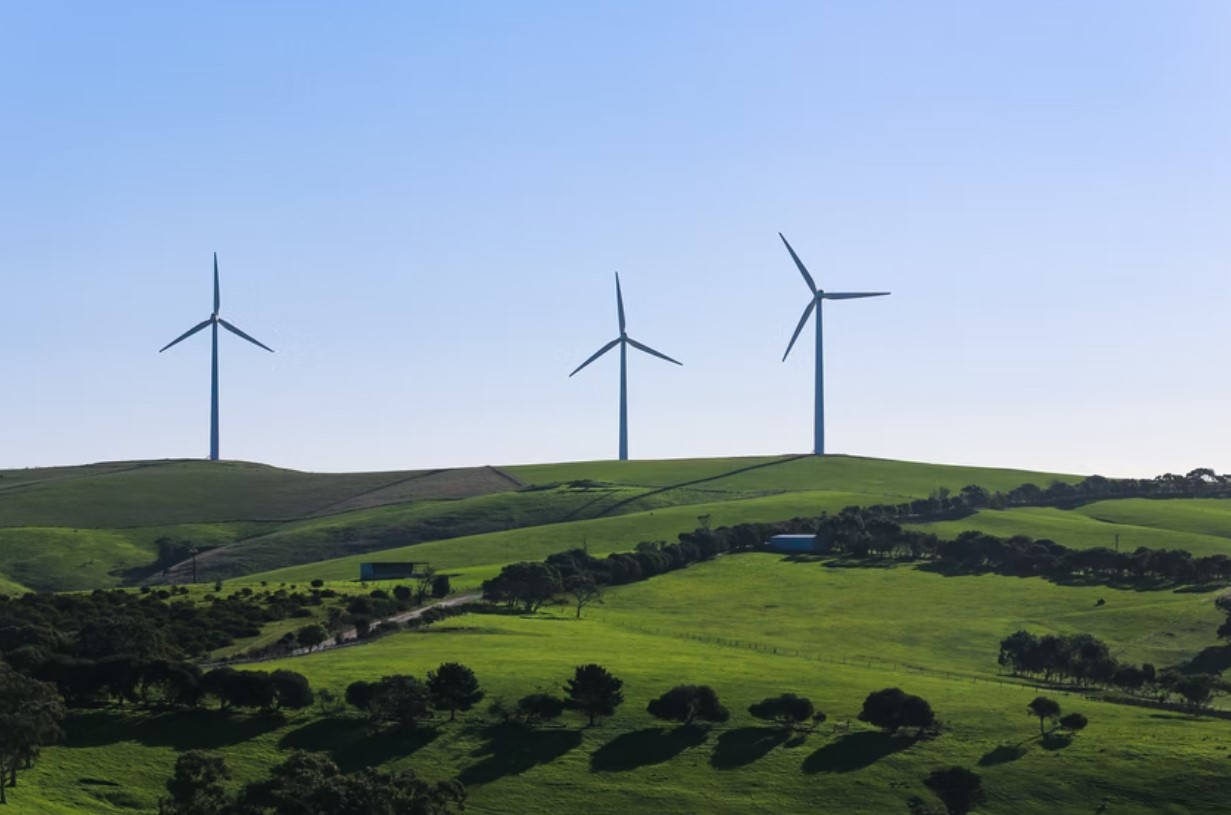The concept of renewable energy remains surprisingly controversial in the UK, with the government’s aim of becoming carbon neutral by 2050 attracting ongoing criticism in some quarters.
Despite this, the demand for renewable energy continues to soar across the globe, with the worldwide market valued at $881.7 billion in 2020. This is projected to reach $1,977.6 billion by 2030, growing at a CAGR of 8.4% in the intervening decade.
But how are renewables growing in the UK marketplace, and what are the top trends for businesses to be aware of in 2022? Let’s find out!
The Growth of Renewable Energy Explored

From a global perspective, 2021 was another record year for renewable energy, despite the lingering impact of the coronavirus pandemic and rising costs of raw materials throughout the world.
Approximately 290GW of new renewable energy generation capacity (primarily in the form of solar panels and wind turbines) was installed globally through 2021, beating the previous record set in 2020 in the process.
If this trend continues, renewable energy generating capacity will ultimately exceed fossil fuels and nuclear energy combined by the year 2026, creating a seismic shift in the energy market as a whole.
By the end of 2026, renewables will also account for 95% of growth in the global energy market, while the UK government wants clean energy sources to ddrive 100% of 312 TWh domestic power generation by 2035.
Renewables were responsible for 43% of the UK’s 312 TWh domestic power resources in 2020, so we can see that extensive growth is being planned for the coming years.
What are the Key Renewable Energy Trends for 2022?

Businesses need to be adaptable when dealing with renewable energy trends, especially in an age of corporate social responsibility (CSR) and ESG governance (where demands and legislation constraints are placed on business entities).
But what are they key trends to be aware of in 2022? Here’s three to keep in mind as we enter the second quarter:
- #1. The Use of AI and Big Data: The potent combination of artificial intelligence (AI) and big data is impacting an array of industries and market sectors, including renewables. Certainly, AI and big data technologies allow for the real-time monitoring of power consumption and effective predictive maintenance in the renewable space, while also helping to predict live grid capacity levels more accurately.
- #2. Increasingly Integrated Solar Panels: Modern solar companies are now integrating PV systems with elements of the surrounding environment, minimising the need for further land usage in the process. These means that increasingly integrated systems and increased agrivoltaics are logical trends to follow in 2022, while PV systems will also become increasingly compact and flexible in their design.
- #3. The Rise of Hydro Power: As the name suggests, hydro power refers to energy that’s derived from moving water. Hydro power is considered to be superior to wind and solar alternatives due to its increased reliability and predictability, while it also offers high energy density while reducing dependency on conventional sources and fossil fuels.
The Last Word
Understanding these trends and surrounding ESG governance is critical or small and medium-sized businesses, but such entities can find it hard to react accordingly.
Fortunately, there are specialist consultants who can provide actionable advice in relation to your renewable energy strategies, from reducing the consumption of fossil fuels throughout the business to creating more sustainable waste disposable practices.
From here, you can build an informed and effective plan, and one that delivers both financial and social results over time.



























